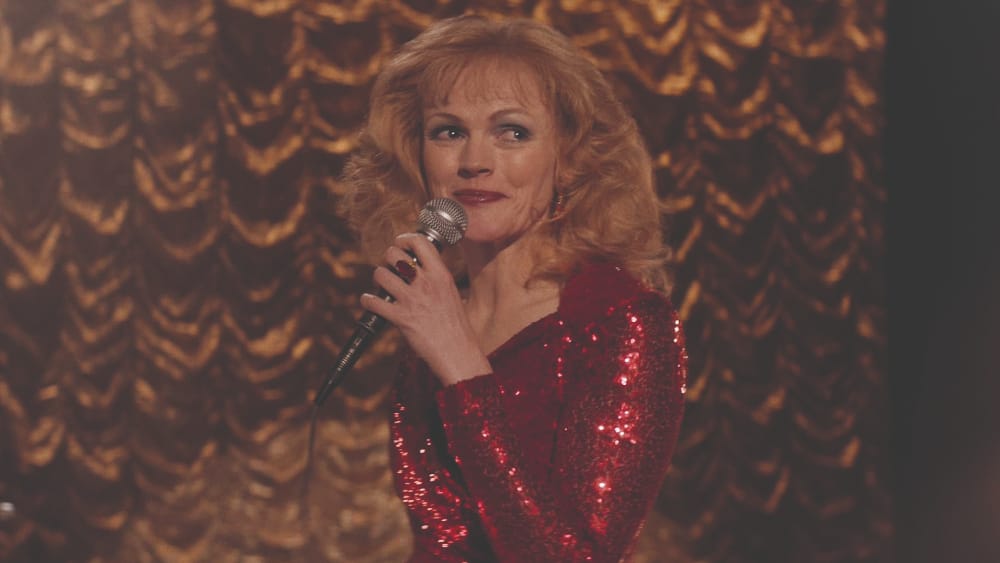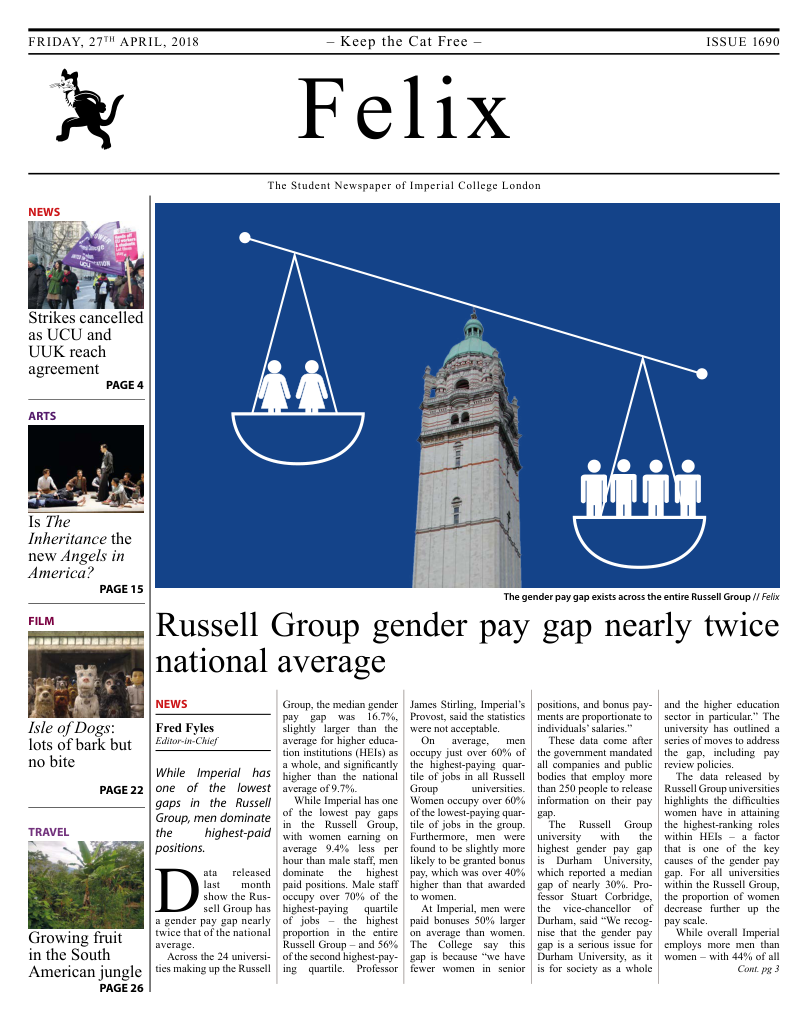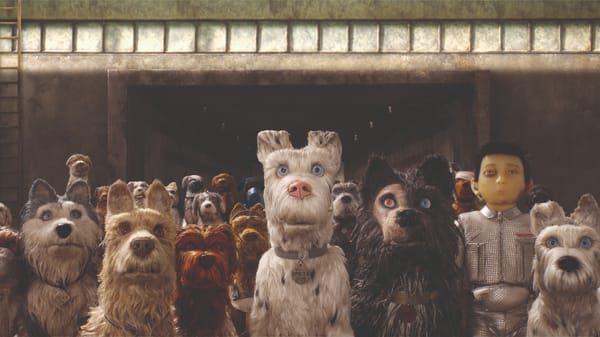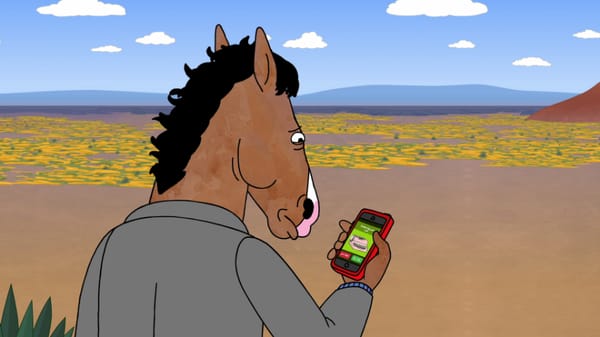A tale of two women
Let the Sunshine In and Funny Cow offer the audience the choice between two portraits of emotionally-complex women, while eschewing a sense of resolution.

Filmgoers looking for stories of complex women struggling to succeed in a man’s world, which simultaneously serve as an exploration and critique of a particular cultural moment are this week, surprisingly, spoiled for choice. Funny Cow (Dir: Adrian Shergold) and Let the Sunshine In (Dir: Claire Denis) – which came out last week – are two films about emotionally-complex women, played by Maxine Peake and Juliette Binoche respectively, with a focus on conversation and language, and a deep understanding of time and place.
In Let the Sunshine In, the time is now, and the place is France. Or Paris, to be more precise – the Paris of aesthetes and lovers, who tend towards the philosophical and dress chicly, with nary a banlieue in sight. Binoche plays Isabelle, a divorced artist looking for her true love and crying herself to sleep at night. We follow Isabelle as she passes through the arms of a number of unsuitable men – unsuitable, in some cases, because they are possessive and boorish, while in others Isabelle makes herself unsuitable by locking herself away in her upper-class bubble.
The whole film – which was based on Roland Barthes’ A Lover’s Discourse: Fragments, and written by Denis and collaborator Christine Angot – is meditative and slow-moving; to say it veers into indulgence would be an understatement. Most of the film is taken up by conversations between Isabelle and the men in her life, during which Denis’ camera languidly swings between the two sets of faces like a ponderous metronome. These sequences are enjoyable, up to a point, but heavy dialogue masks a sense that little of real value is being said.
Binoche, is – as usual – resplendent in the role, giving a performance that is imbued with a blinding glow. Despite the dialogue-heavy nature of the script, Binoche displays the most affecting aspects of her performance when she relies solely on her expression to sell the story: staring out of a train window, lost for words.
Peake is Funny Cow – she plays the titular character, who is never afforded a name – always manages to find the right words. Set in the North of England in the 1970s and 80s, the film charts the life of Funny Cow, a working class woman trying to break into the male-dominated comedy circuit. The funniest thing about Funny Cow, is, surprisingly, the lack of humour. Instead, Shergold has taken the opportunity to explore the limitations and strictures placed upon women by society.

As with Binoche, Peake is by far the best thing about Funny Cow. With an exceptional ear for dialogue, Peake delivers each line to perfection, often reverting to the deadpan sarcasm that served as an emotional shield for her while growing up. It’s the cumulative effect of small details that really sell her performance – the range of emotions Peake’s face goes through as she struggles through an abortive audition, filmed in relentless close-up, or the fact her hands remain trembling even when she manages to blast through in her first live set.
In both films, the lead actors’ abilities mean their support tends to fade into the background a little bit; Let the Sunshine In ends with a memorable exchange between Binoche and Gerard Depardieu, who plays a fortune-teller, and in Funny Cow Peake is ably supported by Paddy Considine as Angus, who plays her middle-class lover, but both films serve as showcases for an individual talent.
“Binoche is – as usual – resplendent in Let the Sunshine In”
Both films excel in exploring a particular social class. In Let the Sunshine In, it’s the upper-class world of bankers and art dealers; a metropolitan elite, sipping champagne, who probably haunt Nigel Farage’s nightmares. Funny Cow explores the polar opposite: working class Northern communities who were decimated by Thatcherism throughout the 1980s, and have yet to recover. Funny Cow explores, in affecting, depressing detail, the way cycles of poverty and violence are passed down through generations – Funny Cow’s abusive father dies when she is young, but it’s not long before she too is trapped in a relationship with a violent man, from whom she manages to escape. In a lesser film, Considine’s Angus would act as a corrective for Funny Cow, introducing her to a world of culture and class, but she recognises this, too, can be a form of violence.
But while both films show the protagonist at the mercy of men, Funny Cow creates a well-rounded, realistic character, who has her own lived experience and vitality. Isabelle, on the other hand, exists solely in relation to the men around her. We are told, or must presume, she is a successful artist, yet she is only seen working on a canvas once, and we know next to nothing about her life outside of its romances. Her character is like a ghost, and the film has a hollowness at its centre that does not satisfy. While Funny Cow can often feel overly-structured or fragmented – a result, perhaps, of the director’s ample experience in television – it is much more satisfying than the naturalism Denis offers up.
Both films are marked by a lack of resolution: Isabelle and Funny Cow both have futures left wide open. While Funny Cow is more triumphant, it refuses an easy ending – instead of having Funny Cow beat the male comics at their own game, or transcend an arena of comedy so reliant on racism, sexism, and homophobia, she joins them in punching down. Funny Cow and Let the Sunshine In both end with things still in play: Peake and Binoche deserve nothing less.
Funny Cow: 3.5 Stars
Dir: Adrian Shergold. Script: Tony Pitts. Starring: Maxine Peake, Paddy Considine, Tony Pitts. 103 minutes
Let the Sunshine In: 2.5 Stars
Dir: Claire Denis. Script: Claire Denis, Christine Angot. Starring: Juliette Binoche, Gérard Depardieu. 94 minutes










